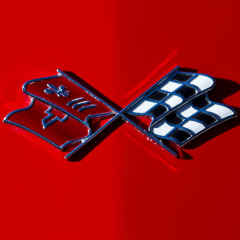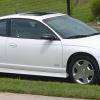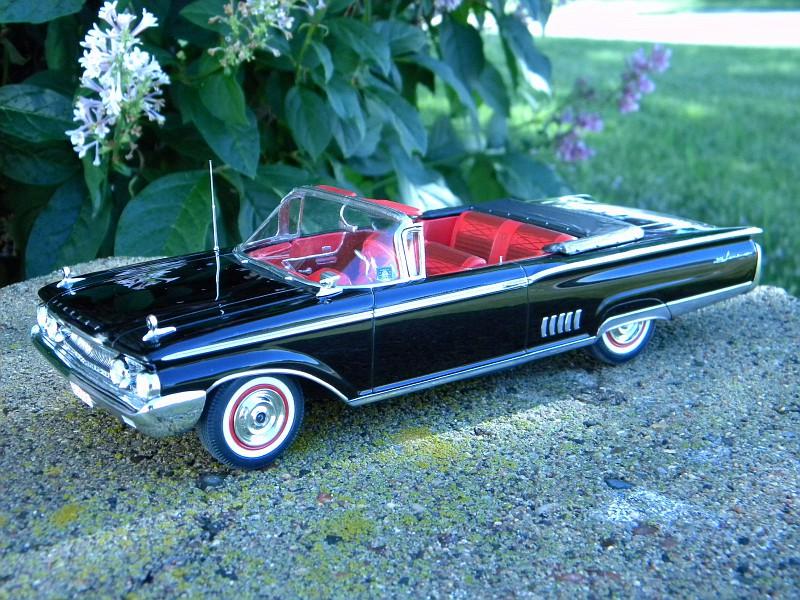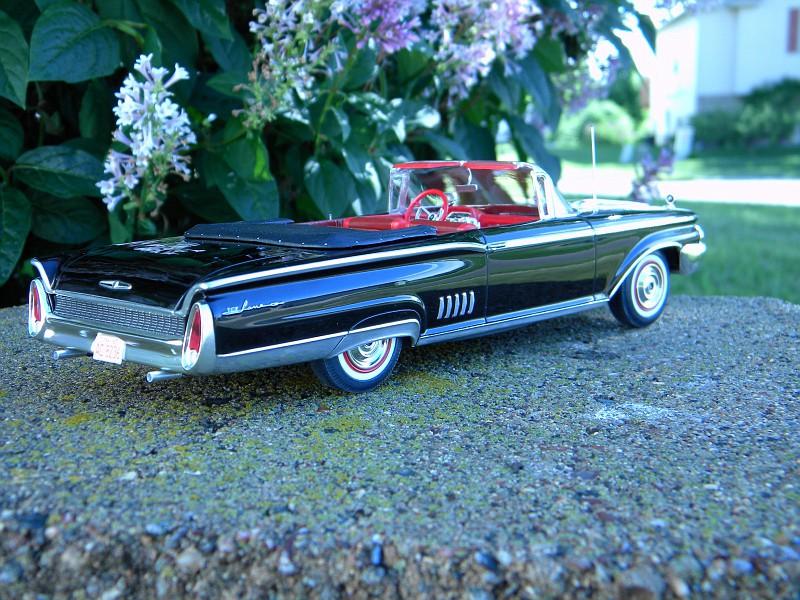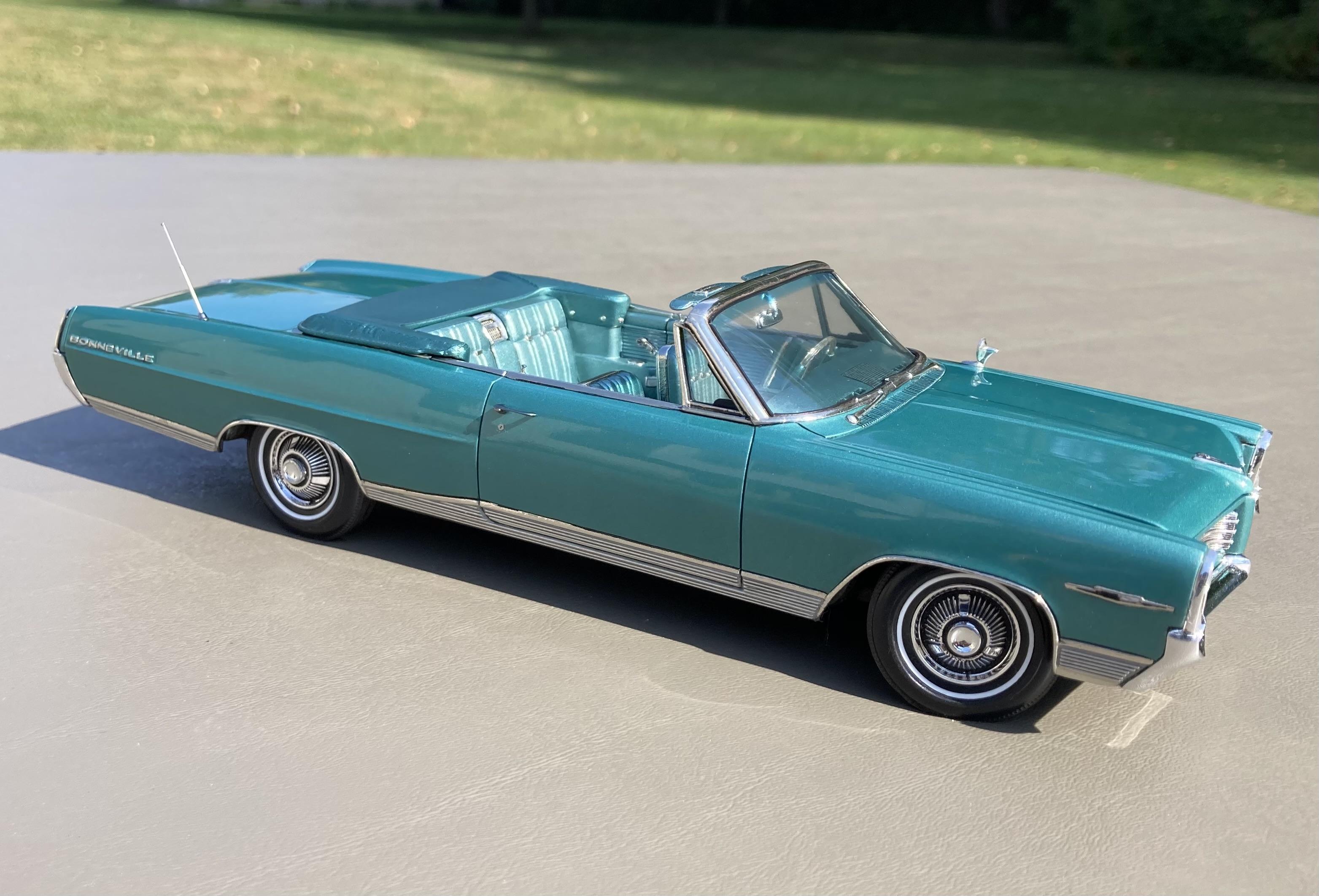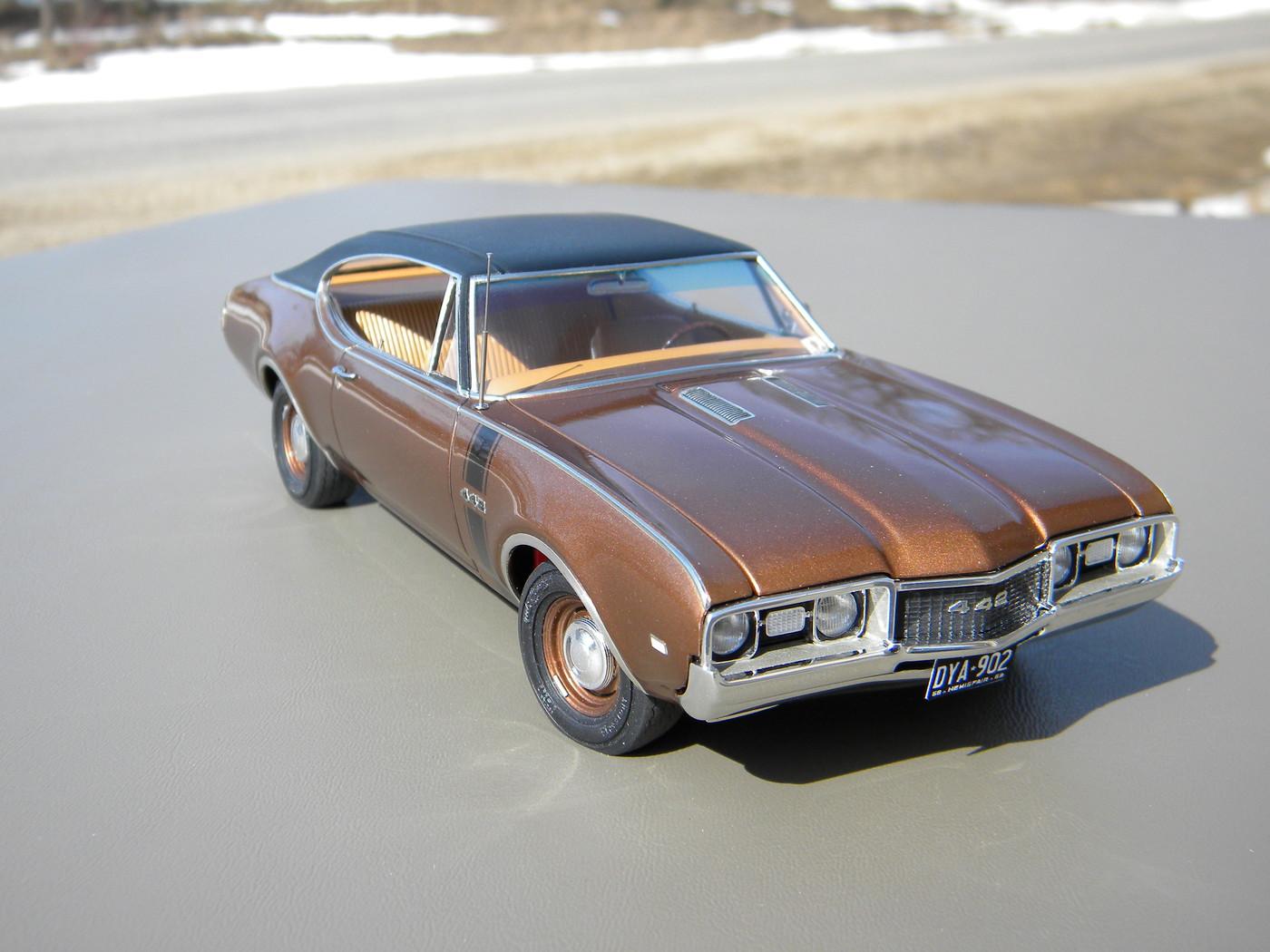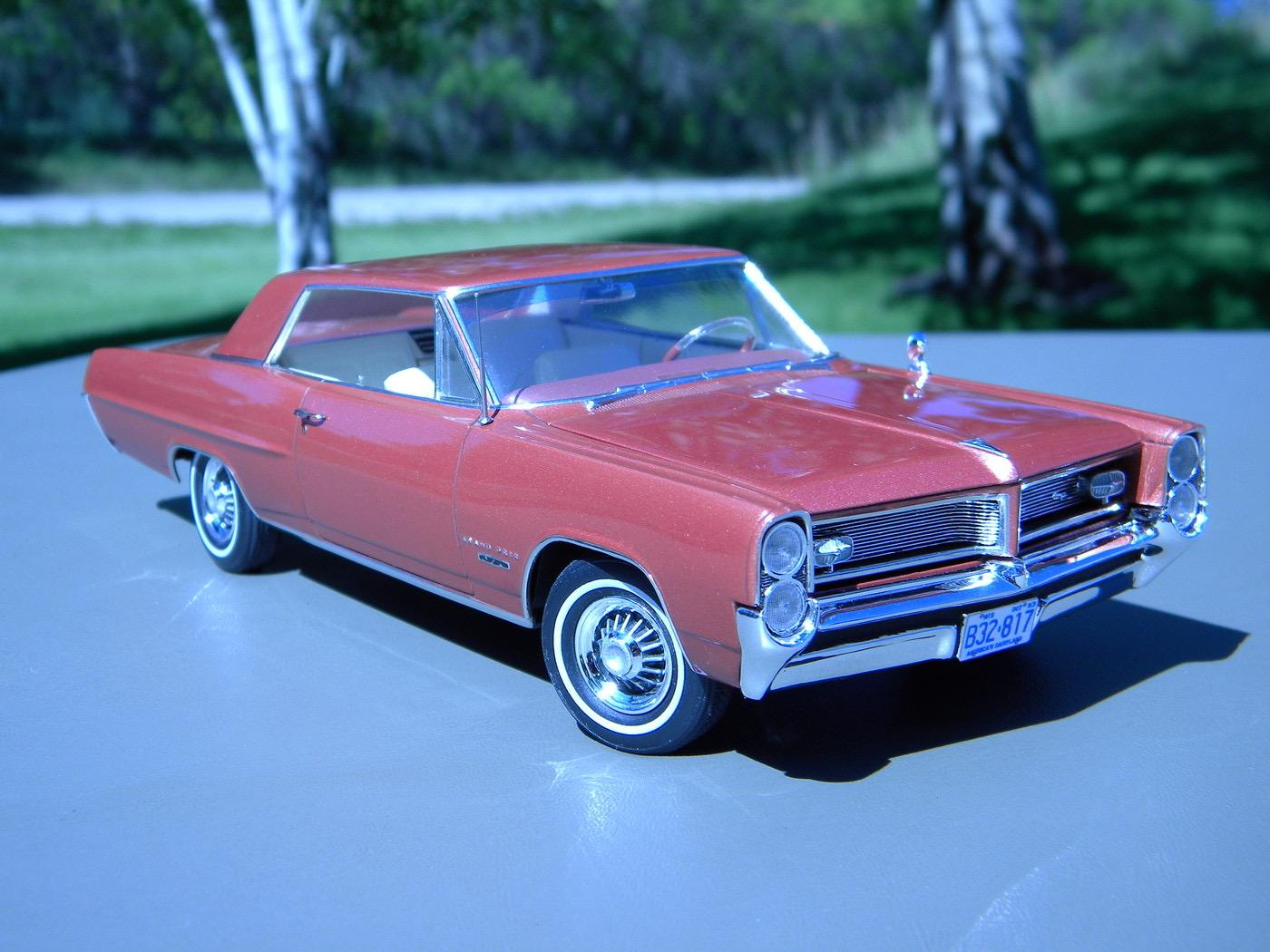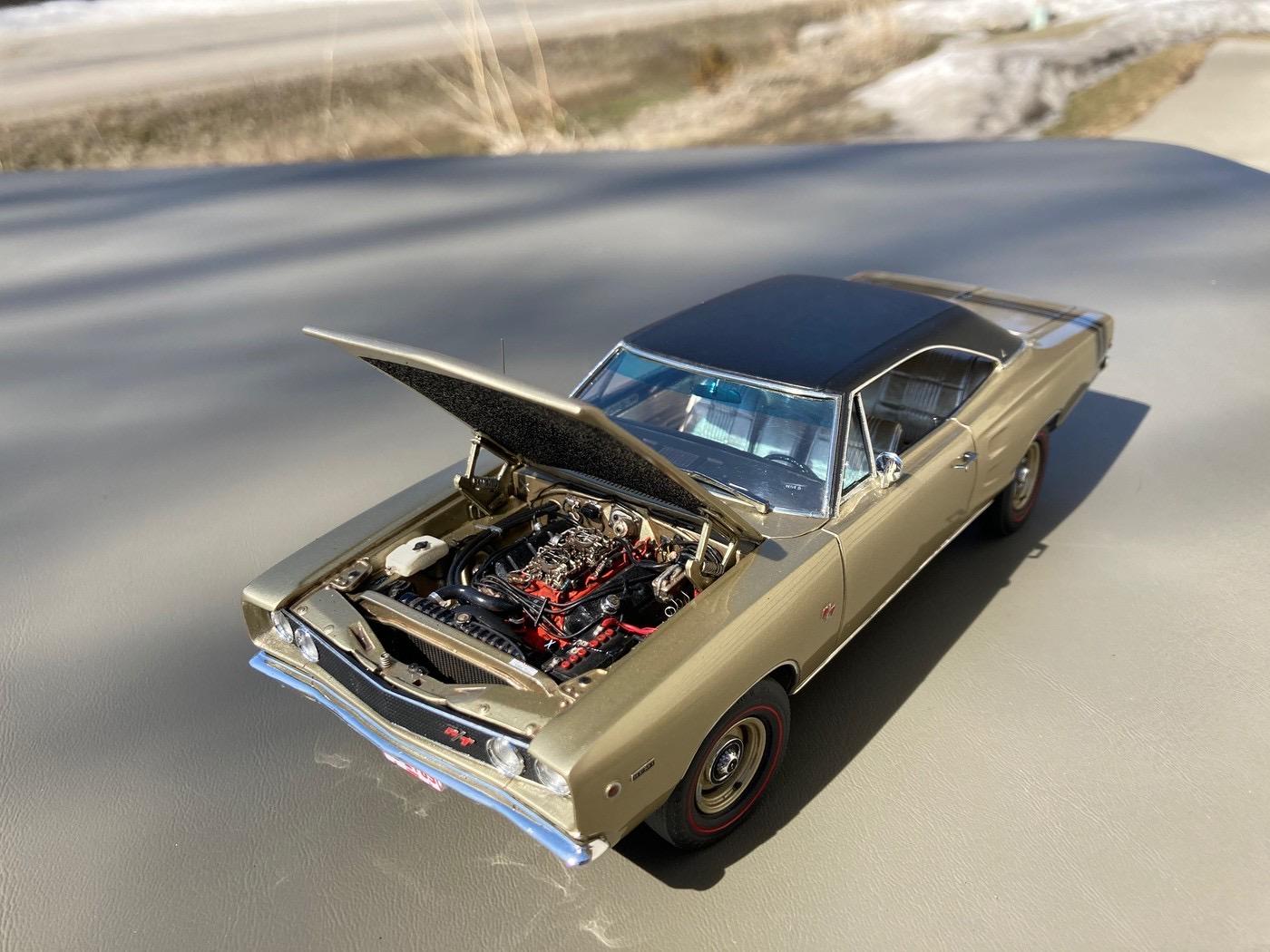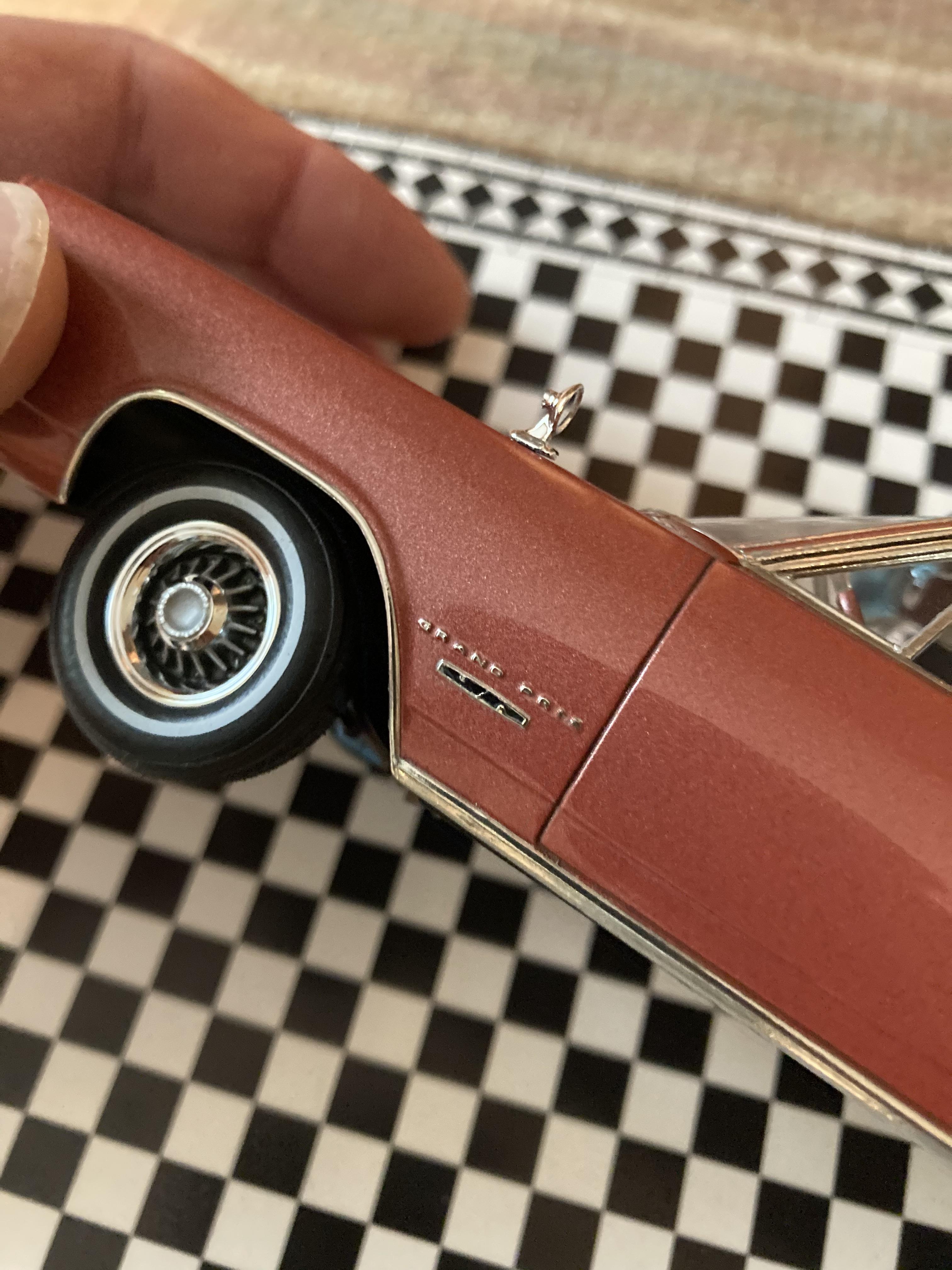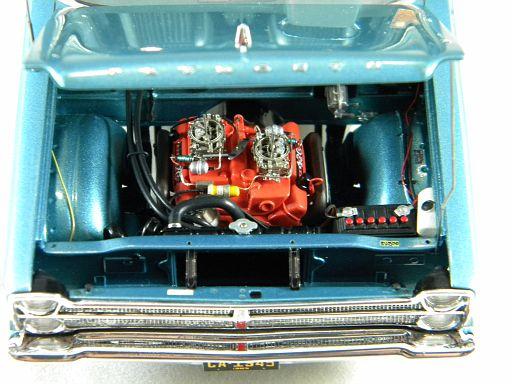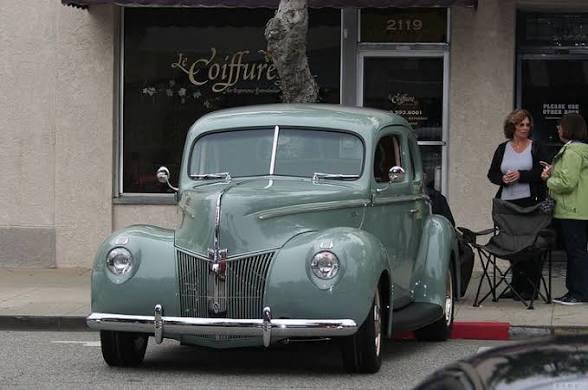-
Posts
15,039 -
Joined
-
Last visited
About StevenGuthmiller
- Birthday 11/27/1962
Previous Fields
-
Are You Human?
yes
-
Scale I Build
1/25th-1/24th
Contact Methods
-
Website URL
http://stevenguthmiller@yahoo.com
Profile Information
-
Full Name
Steven Wade Guthmiller
Recent Profile Visitors
33,277 profile views
StevenGuthmiller's Achievements

MCM Ohana (6/6)
-
I’d love that color on something from the 50s. So again, it’s not really the color as it is that color on that particular car. Steve
-
Tweezers!! And a good lighted magnifier. some other things I’d consider that I can’t do without: A pin vice with small bits. A small scissors. A small file set. A set of dental tools. Q-tips. (Including some of the small conical shaped swabs such as Tamiya carries) If you plan on doing any cutting, some sort of razor saw, and seriously think about a variable speed Dremel type tool with reamer bits. I don’t think I could do much of anything anymore without most of these items. Steve
-

Can this be cleaned up
StevenGuthmiller replied to junkyardjeff's topic in Model Building Questions and Answers
Personally, I wouldn’t waste my time. Get some .007 “lay film” and replace the glass. In nearly every case, kit glass is entirely too thick and looks completely out of scale and unrealistic anyway. I only re-use kit glass if it’s an odd shape, or has compound curves that are difficult to form with flat, clear sheet plastic. Thin plastic will give you a much more realistic looking windshield, and you won’t have to waste your time trying to save basket cases. These models have all had the glass replaced with lay film. Steve -

LA Awesome for chrome removal
StevenGuthmiller replied to gpal's topic in Model Building Questions and Answers
The shiny yellow coating you’re referring to is the lacquer base coat used in the vacuum metalizing process. It can occasionally be difficult to remove, but a good soaking in Super Clean will usually remove it. I’ve soaked styrene plastic parts in Super Clean for weeks with no damage to the plastic whatsoever, so you don’t need to worry about that. In any case, should the coating prove impenetrable, in most cases it’s not a big deal. You can paint or re-chrome without issue. At least I’ve never experienced any issue with it. Steve -
I agree with your assessment that most metallic paints, (even those designed to be used for scale models) often still have metallic particles that are too large for 1/25th scale, but often, this is only obvious in photographs, and almost completely imperceptible when viewing with the naked eye. If the paint you have used has flakes that are individually visible with the naked eye, you should certainly use different paint, but trying to find a perfectly in scale metallic paint is extremely difficult, if not nearly impossible, and even if you do find some that is very close to scale, in that scale, it’s almost impossible to tell that it’s even a metallic paint. The ‘58 Impala depicted below is about as close as I ever got to a correctly scaled metallic paint with MCW “Cay Coral” poly, but if you weren’t told that it was metallic paint, you’d be hard pressed to be able to see. I also agree about the toy like, overly shiny, “dipped in syrup”, or “hard candy” appearance that you often see with raw clear that hasn’t been toned down by polishing. This is a common effect that you often see with 2K clears, and I agree that more often than not, it appears, (to me at least) to be completely unrealistic. This is why I consider multiple coats of clear lacquer, followed by cutting and polishing a superior method, but of course, that’s just my opinion. 😉 Steve
-
This is part of the reason why I use as many coats of clear as I do. (Usually 5 coats) The depth of the clear helps to guard against burn through during the polishing process. Other than that, just going easy on body ridges and around panel lines, and starting with the finest grit possible. Just course enough to remove any orange peel or other imperfections. Contrary to popular belief, if the right materials are used, detail hide is virtually non-existent. I routinely use 5 or more coats of primer, 4 to 5 coats of color, (lacquer), as well as 5 coats of clear lacquer. Anyone who has ever built an AMT 1964 Pontiac Grand Prix kit can attest to the fact that the front quarter scripts don’t get much finer than these, yet I was able to foil these after 5 coats of primer and 4 coats of color, before spraying an additional color coat, cleaning the script, and then adding the clear coats. Even with that many coats, it’s obvious that there is virtually no detail hide whatsoever. Certainly less than you’re likely to get even with a couple of coats of enamel. Steve
-
Hardest job without doubt was 25+ years of drywall finishing. Mostly taping and texturing, but plenty of sheet rocking and painting too. Cold and miserable in the winter, and hot and miserable in the summer. I would have to say that the most fun was when I was a delivery driver for a large grocery store chain delivering groceries to people from all walks of life. Got to know some people so well that they cried on my shoulder when they learned that I was leaving. Tips were great too!! 😊 Probably most rewarding is my current part time job working as a guest services rep and valet at a cancer center. Nothing prepared me or surprised me more than how optimistic and cheerful the vast majority of people who are facing the most difficult fight of their lives can be. It’s very gratifying to interact with and support these folks when I can. Steve
-

What Did You Have for Dinner?
StevenGuthmiller replied to StevenGuthmiller's topic in The Off-Topic Lounge
My lovely wife talked me into making one of her all time favorites. Pretty simple recipe of Chicken Piccata with Garlic Spaghetti. Steve -

Got some free time this weekend. Doing some baking/cooking.
StevenGuthmiller replied to LDO's topic in The Off-Topic Lounge
I’m not much of a baker. I do my own pizza dough and make the occasional dessert, (flourless chocolate cake, lemon curd cake, flan, chocolate bread pudding, etc.) but my some day to be daughter-in-law bakes for a hobby. Today she sent pictures of her Sunday project. Sour dough bread and homemade English muffins. I just stuck to what I know best and made some Chicken Piccata and Garlic Spaghetti. 😊 Steve -
Oh, the horror!! 😊 Steve
-
Let’s face it. It’s not so much the colors. It’s the modern automobile that’s ugly!! Steve
-
That color is becoming quite popular. Toyota calls it “Moon Rock”. 😊 While I can’t say that it’s particularly pleasant for me either, I still think it beats 5 different shades of gray. I’m pretty sure that this shade of green was quite popular in the 40s and early 50s. Steve
-
Well, if you liked Pulp Fiction, you certainly have to like Django Unchained. Yeah, I know, Tarantino has a tendency to get a little political with his movies, but if you like shoot outs, they don’t get any wilder than the closing scene of Django Unchained…….Except for maybe the closing scenes in Inglorious Basterds, and Once Upon a Time in Hollywood. 😁 One of the funniest scenes that I’ve ever seen in a movie was the scene in Django when Don Johnson put together a posse to pursue Jamie Foxx and Christoph Waltz. It nearly had me rolling on the floor!!! Steve






